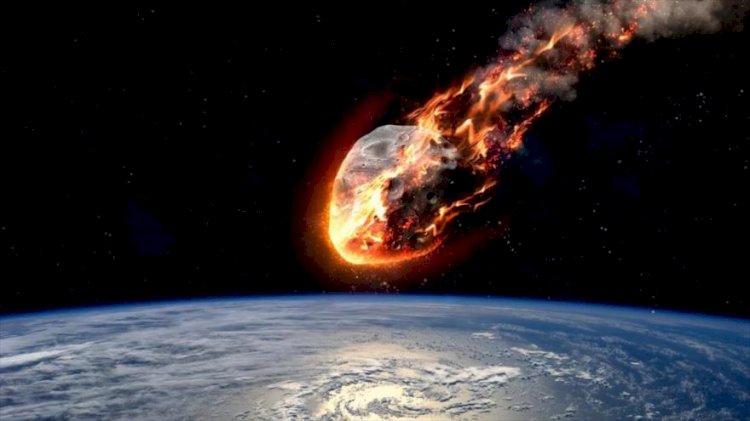Massive asteroid threatens life on Earth? Not Really
Asteroid said to hit earth and end life on the 29th of April has been confirmed to miss earth instead.

As if a disease outbreak and signs of a global recession were not enough, the human race now has to contend with a new life-ending threat that's literally written in the stars for us. We're talking about a significantly large asteroid, 52768 (1998 OR2), which NASA first discovered in 1998.
It's so big that the media has gone to comparing to Mt. Everest, and NASA states it's "large enough to cause global effects."
According to CNN, the asteroid, which is estimated to be between 1.1 and 2.5 miles wide, will fly by Earth on April 29th. It will pass within 3,908,791 miles of Earth, moving at 19,461 miles per hour.
READ ALSO:
Asteroid swarm: Nasa detects 16 space rocks hurtling towards Earth this week
Time to call Bruce Willis and the crew for some zero-gravity drilling? Well, not really.
According to NASA, the asteroid will miss Earth, and not by a hair's breadth. The close encounter with this rocky, world-ending kind will be a missed rendezvous of more than 15 times the distance between the Earth and the moon.
So, you might want to go easy on that can hoarding and more so on the sanitizer, as it doesn't seem Mr. Covid-19 is letting up anytime soon.
Still, this isn't the last we'll see of 1998 OR2. as it is projected to make several more flybys in the next century,
"The closest approach will be April 16, 2079, when the asteroid will pass about 929,560 miles away from the planet (only about three times the distance between the Earth and its moon)," news site Travel and Leisure reports.
At this point, asteroid scares have become a dime a dozen. The real asteroid you should be worried about is 3122 Florence (1981 ET3), which "flew by and luckily missed colliding with Earth on September 1, 2017,' as per CNN.
"It will make another pass again on September 2, 2057. That asteroid is estimated to be between two and a half and five and a half miles wide."
If you're wondering how NASA makes sure we don't face the dinosaurs' fate on the daily, it's thanks to their Sentry System, "a highly automated collision monitoring system that continually scans the most current asteroid catalog for possibilities of future impact with Earth over the next 100 years."
So rest up, humanity's not done for yet. That honor will probably be ours to claim.





































